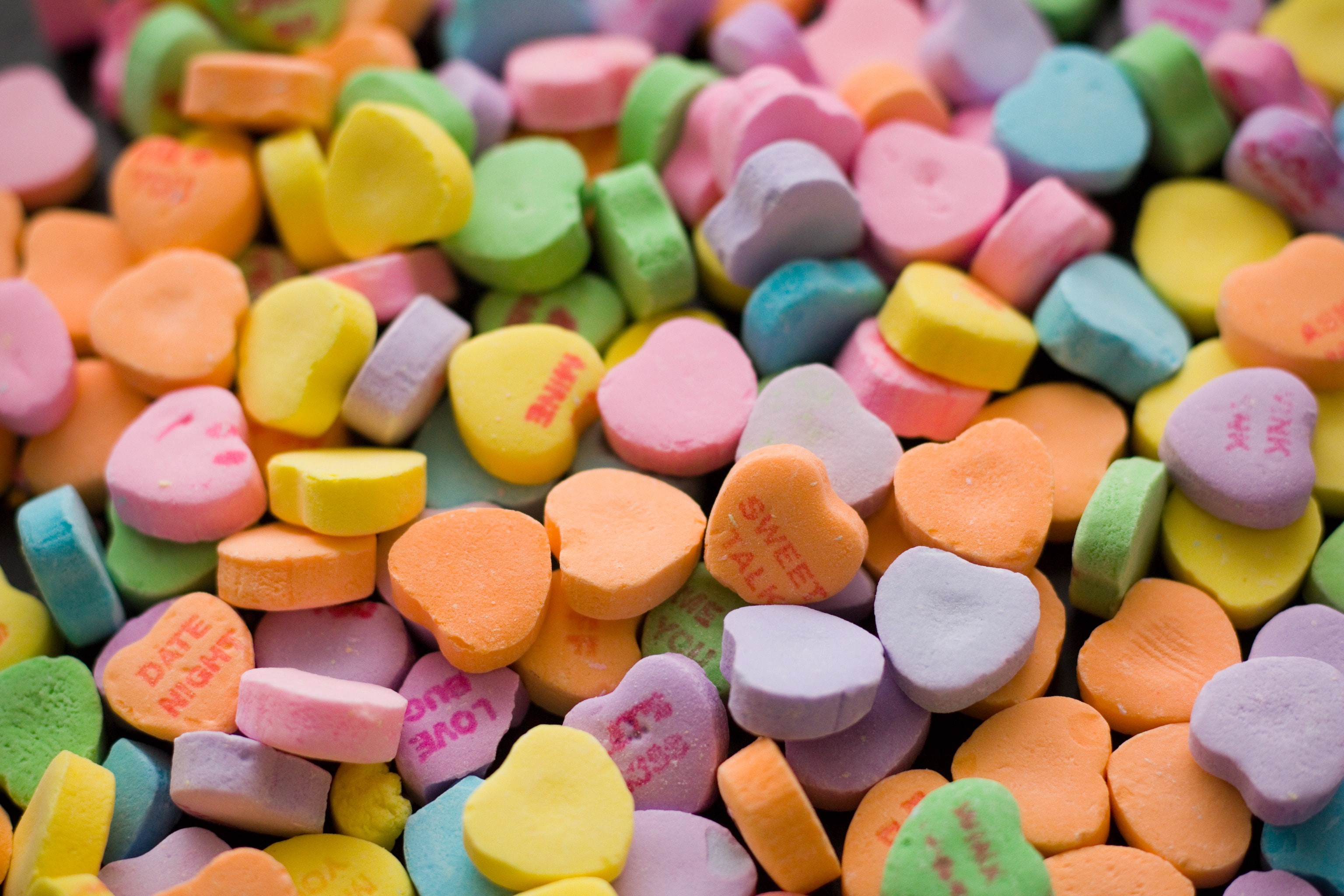How a pharmacist accidentally became a candy maker

Our story begins in a Boston pharmacy in the 1840s, perhaps a surprising setting for the creation of a now famous candy, but young Oliver Chase is a budding entrepreneur. He dreams of bringing his pharmacy into the lozenge industry. At the time, lozenges were the new, trendy way to deliver medicine or actives. Customers would stop in the pharmacy for a lozenge that would ease their earache, help with a stomach bug, or dull their throbbing head. There was a lozenge for every and any ailment.
At the time, the lozenge-making process was so labor intensive and time consuming that Chase was second-guessing his fantasy. Did he want to spend hours of his life sitting with a mortar and pestle, kneading the dough, rolling it out into a thin slab, and painstakingly cutting out each circle? Motivated by all the industrialization happening in America, Chase soon invented his own lozenge making machine, aptly named Chase Lozenge Cutter. Dough could be fed between two rollers to be thinned down to the same width every time, then perfectly round discs were cut out while the dough was still soft. At the time Chase was still interested in pharmaceuticals, however, he unintentionally had just developed the first candy-making machine.
It wasn?t until years later, in 1866 that Chase finally gave up on the pharmacy. His brother, Daniel had just perfected a machine that could press letters into the lozenges leaving a message behind using food dye. Together the brothers teamed up to start their own candy business named Chase and Company. Around the same time, Valentine?s Day cards were being popularized. The trend inspired Daniel to emboss phrases like ?Married in white you have chosen right? or ?How long shall I have to wait?? on his brother?s wafers. Back then, the candies were much bigger and could fit longer phrases than today?s version.
In 1901, the brothers joined forces with two other Boston candy makers forming the New England Confectionary Company, which was shortened to Necco. Here the message carrying lozenges were updated into the heart-shaped, pastel candy we recognize today. The candy hearts were unique in that they needed to be modernized almost every year as phrases went in and out of style. Imagine opening a box of candy hearts to reveal messages like ?fax me? or ?page me?. Sure, some phrases like ?sweet pea? or ?be mine? are timeless, but often Necco needed to update each year. Believe it or not, during the Twilight books mega-craze, conversation hearts included messages like ?Bite me,? ?Live forever,? and ?I love E.C.? Beyond the conversation Sweethearts, Necco has produced many well-known candies including Necco wafers, Mary Jane Candy, and Sky Bars.
Once a prominent candy company, Necco has recently been in financial turmoil. Most of their sweet treats are only popular with an older demographic, and the conversation Sweethearts only garner attention in February. In 2018, the company filed for bankruptcy and put our dreams of those pastel-colored, chalky-textured candies in limbo
Lucky for us, four months later the Spangler Candy Company made a bid to acquire the Sweethearts and Necco wafer brands. Spangler is the maker of confections like Dum Dums and Circus Peanuts. Unfortunately, the acquisition did not give Spangler enough time to produce Sweethearts candy for Valentine?s Day 2019. So check your nostalgia at the store door, because the conversation Sweethearts, which are basically synonymous with Valentine?s Day, will not be found on the shelves.
Necco Sweethearts might be old, a bit bland tasting, and have the texture of crushed up chalk, but a Valentine?s Day without their presence is almost unimaginable. Sure, competitors like Brach?s Conversation Hearts will still be sold, but you can tell those aren?t the real thing. The laser printing technology they use makes the messages completely centered and readable. No thanks, I prefer the real deal of a stamped message on a candy heart, even if it is a little skewed and perhaps cut off. This Valentine?s Day, hold your love ones near, as we brace ourselves for the first February 14thin over 150 years without those classic, little candies.


